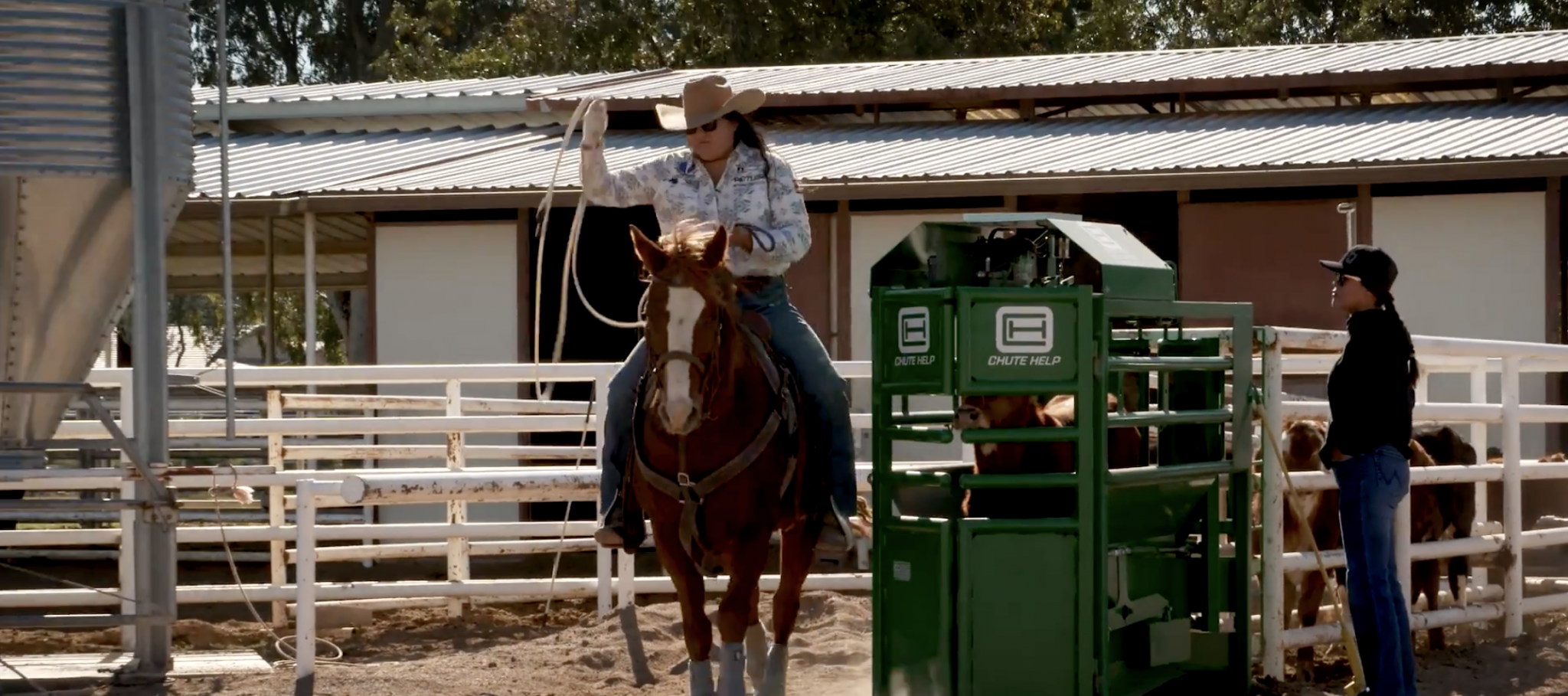PRIORITIZE YOUR BODY
I work out a lot, and I work on my core intentionally. That plays a big role in getting to the front of the saddle when I leave the box—something that is absolutely critical at every level of breakaway roping and especially as breakaway roping gets so tough at the top.
WORKOUT REGIMEN
First, I do a lot of planking. A plank means I’ve got my hands or elbows flat on the floor, shoulder width apart, with my back straight, my core engaged and my legs and feet straight out behind me. I hold this position in different intervals, and in that position I’m working all of my stomach muscles from my lower and upper abs to my obliques and my back—all critical in getting to the front of the saddle. I even use the exercise ball, with my feet on the ball and my arms and body in a plank position rolling the ball up to my chest in order to add some intensity to that workout.
I also do a lot of mountain climbers, which are done in a plank or pushup position. I alternate bringing one knee to my chest then the other—essentially running against the floor. That’s good for my core and my hip flexors, which both help me in my roping.
I do a lot of Russian twists, too. I sit down in a sit-up position, with my core tensed and my shoulders and feet off the ground. I rotate my core back and forth, twisting my torso from side to side. That really focuses on my obliques, and I can add a weight in my hands, too, if I want to up the difficulty.
OUTSIDE THE GYM
Most people can’t just play polo as much as I do, but that’s played a big part in my core strength. But no matter which sport I’m doing, I ride a lot, and I ride a lot of different horses. I think that every horse has a different riding style—you’re riding differently and using muscles differently. Roping, in general, really helps me stay fit because I’m engaging my abs. The more I do that, the more unconscious it becomes. If you’re not used to thinking about your core, and maybe you’re struggling getting to the front, try really focusing on engaging your abs at home in the practice pen, and it will become habit in competition.
Building Consistency: American Champ Madison Outhier’s Practice Plan
➡️ BONUS TIP: Jamie Arviso’s photo of Outhier on this month’s cover comes from a video shoot our team just completed with Outhier, Lari Dee Guy, Hope Thompson, Aspen Miller and Josie Conner. Visit breakawayroping.com to sign up to be the first to see the products of that shoot and much more!
Take Two: The Second PRINT Issue of The Breakaway Roping Journal














